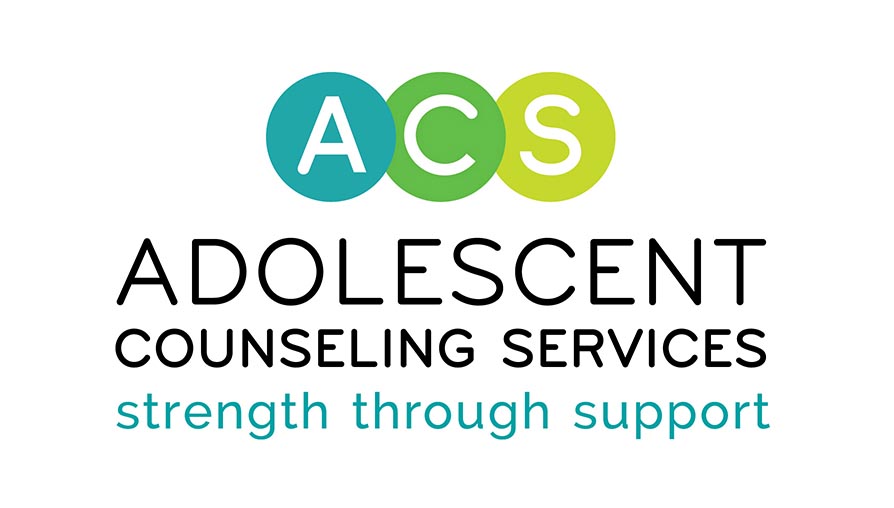
Simple Tips for Giving Clear Instructions
Written By: Christina Desage, Clinical Trainee at ACS, On-Campus Counseling Program
EFFECTIVE INSTRUCTIONS are the foundation of positive communication between parents and children, fostering understanding and cooperation. When instructions are clear, concise, and delivered with a calm and respectful tone, children are more likely to grasp and act on them. This clarity not only enhances compliance but also strengthens the parent-child bond, as children feel more respected and valued. Successfully handling the challenges of parenting goes beyond just love and care; it requires a good understanding of how to communicate. Here, we’ll share essential tips for giving clear instructions—an integral aspect of nurturing strong relationships between parents and children.
Simple Guidelines for Effective Instruction:
Keep Your Cool
Staying calm while speaking to your child is vital. A composed demeanor creates a safe space for them, making them more likely to listen and engage. When emotions run high, children may become defensive or shut down, hindering effective communication.
One Thing at a Time
When giving instructions, focus on one task at a time. Presenting multiple tasks can overwhelm a child, leading to confusion and frustration. Simplifying requests makes it easier for them to remember and follow through, enhancing their sense of accomplishment.
Use Simple Words
The language we use matters significantly. Keeping instructions straightforward and age-appropriate helps children understand what is expected of them. This approach not only clarifies your expectations but also boosts their confidence in comprehending and acting on what you say.
Tell Them What to Do
Instead of framing instructions in a negative way, such as “Don’t run,” encourage positive behavior by saying, “Please walk.” This subtle shift in language promotes a more constructive dialogue and helps children understand the desired actions.
Eye Contact Matters
Establishing eye contact while communicating shows seriousness and attentiveness. It reinforces the importance of the message and helps capture their focus. This nonverbal cue indicates that the conversation is significant and deserving of their full attention.
Clear Space, Clear Mind
Minimizing distractions in the environment is crucial for effective communication. A clutter-free space allows children to focus better on what you’re saying, enhancing their ability to absorb the information.
Give a Heads Up
Whenever changes are about to occur, providing a warning helps children prepare for what’s next. For instance, letting them know that it will soon be time to transition from play to dinner can ease anxiety and foster smoother transitions.
These straightforward guidelines lay the groundwork for smooth interactions and understanding between parents and children. However, there’s another vital component we must address: consistency.
Why Consistency is Crucial:
Building Trust
Consistency is key to establishing trust. If you say that a certain consequence will follow a specific behavior, it’s essential to follow through. Children learn to rely on your word, fostering a secure environment where they feel understood.
Setting Boundaries
Clearly defining expectations and consequences helps children understand what is acceptable and what isn’t. This clarity teaches accountability, empowering them to make better choices.
Positive Reinforcement
Celebrating your child’s successes through praise boosts their self-esteem and encourages them to repeat positive behaviors. Recognizing their efforts not only motivates them but also strengthens your relationship.
Practice Makes Perfect
Like any skill, effective communication improves with practice. The more consistently you apply these strategies, the more natural they will become, leading to improved interactions and deeper connections over time.
By embracing these tips and recognizing the importance of consistency, parents can foster an environment of understanding and cooperation, ultimately nurturing strong, positive relationships with their children.
___________________________
References
Chorpita, B. F., & Weisz, J. R. (2009). Modular approach to therapy for children with anxiety, depression, trauma, or conduct problems (MATCH-ADTC). PracticeWise, LLC.
Gottman, J., & Gottman, J. J. (2013). Emotion coaching: The heart of parenting. The Gottman Institute.
Hudson, A., & Blane, M. (1985). The importance of non verbal behavior in giving instructions to children. Child & family behavior therapy, 7(2), 1-10.
Morris, C., Conway, A. A., Goetz, D. B. (2021). A review of effective strategies for parent-delivered instruction. Behav Anal Pract. doi: 10.1007/s40617-020-00525-9. PMID: 34150462; PMCID: PMC8149560.
PracticeWise. (2015). What is effective instructions [Video]. PracticeWise. https://learn.practicewise.com/course/view.php?id=87
